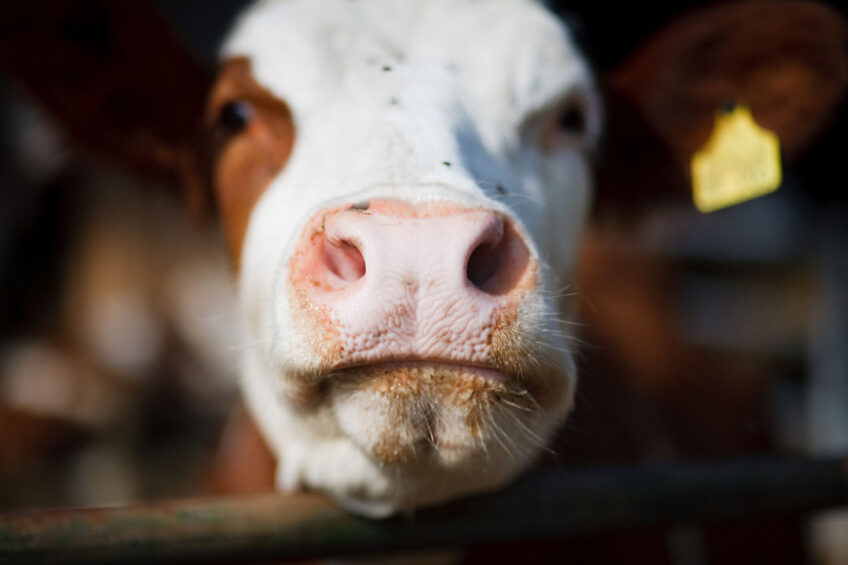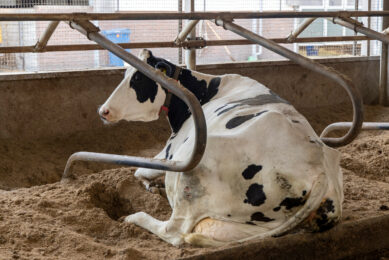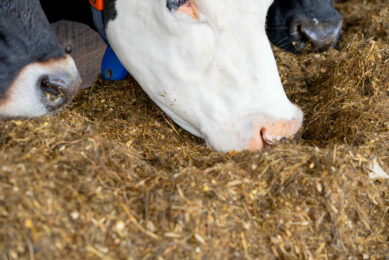Global dairy sector: 4 important transitions

Here we look at the 4 essential transitions for sustainability and profitability in the dairy industry.
Animal welfare and better managerial practices for improving the dairy production is a major focus in dairy farming. With the help of cutting-edge technologies, a lot is possible.
Today, dairy cattle in the US, Europe and Oceania are already reaching their maximum production potential. It is expected that Asia and Africa will have an abundance of native thermotolerant dairy breeds which will have a key role in supplying the ever-increasing global milk demand. The main problem in these continents, however, is suboptimum or low milk production by dairy animals which can be significantly improved by better nutrition, genetic selection, production intensification, and better management policies.

Currently, the global dairy sector is under tremendous pressure to maximise production under the changing harsh environmental conditions.
The 4 essential transitions which will take place to ensure sustainability and profitability of the dairy sector are as follows:
 Fodder
Fodder
Fodder production/animal feed is a substantial cost (50-60%) for dairy operations, and only the fodder which ensures a rapid growth rate, higher yields, reduced carbon emissions, quality nutrients, tolerance to adverse climatic conditions, and methane reduction will be cultivated. The way in which ruminants utilise their feed (through microbial fermentation) is a complex mechanism and only the feedstuffs which improve microbes and gut health and are grown with a minimal carbon footprint and fertilisers are expected to be cultivated. As the human and dairy cattle population rises, the availability and distribution of all-natural resources will further intensify. Countries which have plenty of land and water resources will have an advantage over other regions, while feeds like seaweed, azolla, or spirulina, etc., will be supplemented as alternative nutrients.
 The future of dairy nutrition and emerging innovations
The future of dairy nutrition and emerging innovations
Approaching the end of an extraordinary year gives the opportunity to reflect on the current status quo of the dairy industry, future market projections and allows for exciting speculation on emerging dairy nutrition innovations.
 Farm and animal management
Farm and animal management
Currently, there are small, medium, and large dairy farms, but in the future, these will integrate, and only large dairy farms will be present as they produce higher a quality and quantity of milk (Mac Donald and Newton, 2014). The larger dairy farms are more profitable and additionally, the environmental impact (CO2 and methane emissions) is smaller as the carbon dioxide/methane emitted per protein unit is considerably less in high-yielding cattle.
Robust, disease-, parasite-, and climate-resilient native breeds will be more common and apparent on farms to reduce the overall management cost and maximise production. Sensor technology and cloud-based applications will be a common practice on farms around the world. Special breed lines will be developed to produce highly specialised dairy products by means of using CRISPR or other technologies. Crossbreeding will be highly selective, using superior sire’s semen (AI or in-vitro fertilisation) to develop regional cattle breeds. Climate-resilient regional dairy breeds with reduced methane and carbon emissions will be housed, to effectively increase profitability and reduce environmental impact.
There is no doubt that futuristic technology advancements and production intensification will make large dairy farming better, more sustainable, and more profitable.
 Making the most of a grass-oriented farm
Making the most of a grass-oriented farm
Wout Huijzer and Nely Schutte maintain a tight pasturing schedule. They aim to make the most of their 100% grass-oriented farm.
 The consumer
The consumer
We will see even further development of specialised dairy products targeting different consumer groups. Dairy neutraceuticals, specialised in the production of various healthy, longevity-enhancing bioactive milk peptides and probiotics etc., will flourish (Midau et al., 2010; Augustin et al., 2013). Application of these bioactive compounds will be prevalent and will rise into a major industry.
Furthermore, the development of specialised cattle breeds producing milk which is devoid of xenobiotics and rich in bioactive peptides such as polyunsaturated fatty acids (especially DHA), phospholipids, cholesterol, some specific proteins, enzymes, hormones, and growth factors, sCD14, lactoferrin, immunoglobulins, prebiotics/probiotics and possibly miRNAs, will improve human health.
 Australia: Dairy farm fund for sustainability improvements
Australia: Dairy farm fund for sustainability improvements
Australian supermarket group Woolworths has started a Dairy Innovation Fund, offering US$3.7 million in grants to dairy farmers.
 Environmental impact
Environmental impact
Larger dairy farms will be more prevalent, as they produce less carbon and methane and are more profitable. The concept of “energy saved is energy produced” will be mandate for operational farms and production units in the future and the consumers’ preference for clean milk and dairy products will be highlighted.
The next 2 decades will be very important in the transition of the dairy sector, especially in Asia and Africa. Conservation of native animals, maximising milk yield and production, better management, balanced used of available natural resources, and reducing the environmental impact will secure the future of the dairy sector.
References are available from the author upon request.
Join 13,000+ subscribers
Subscribe to our newsletter to stay updated about all the need-to-know content in the dairy sector, two times a week.










